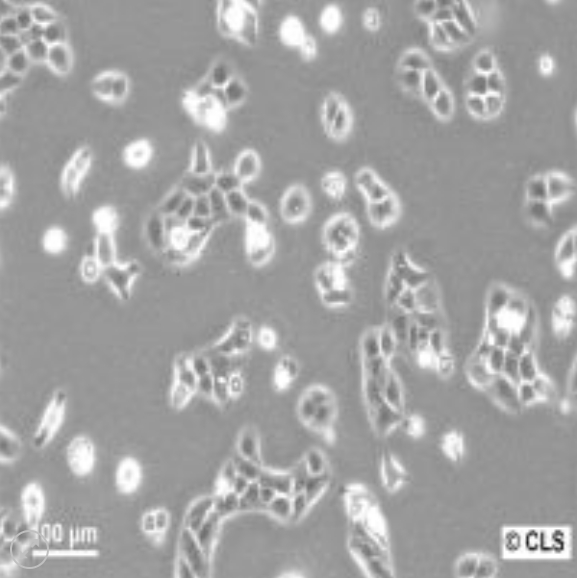Blog Post
The Use of Antibiotics in Tissue Culture: A Comprehensive Guide
The use of antibiotics in tissue culture plays a pivotal role in ensuring the purity and viability of cell cultures. In the intricate world of cellular biology, understanding the interaction between antibiotics and cells becomes essential. In this guide, we will explore the why’s, the how’s, and the precautions associated with antibiotic usage in tissue culture.
Why Use Antibiotics in Tissue Culture?
- Contamination Control: The primary reason researchers turn to antibiotics in tissue culture is to combat bacterial contamination. Cells cultured outside of their native environment are highly susceptible to bacterial growth.
- Prolonged Viability: Antibiotics can help maintain the longevity of the culture by preventing unwanted bacterial growth, which could otherwise deplete essential nutrients.
- Research Consistency: Contamination can skew results. By using antibiotics, researchers ensure that their findings are a direct result of the experiment and not external contaminants.
Selecting the Right Antibiotic
When it comes to selecting an antibiotic for your tissue culture, it isn’t a one-size-fits-all scenario. Different antibiotics target various types of bacteria. Commonly used antibiotics include:
- Penicillin: Targets gram-positive bacteria.
- Streptomycin: Effective against gram-negative bacteria.
- Amphotericin B: Used against fungi.
Precautions & Considerations
- Resistant Strains: Excessive use of antibiotics can lead to the development of resistant bacterial strains. This means, over time, the antibiotics may become less effective or even ineffective.
- Cell Toxicity: Some antibiotics, at high concentrations, can be toxic to cells. It’s crucial to determine the appropriate concentration for your specific tissue culture.
- Short-term Use: Whenever possible, use antibiotics during the initial stages of the culture. Prolonged exposure can lead to dependence and potential mutations.

Conclusion
Incorporating antibiotics in tissue culture is a common practice that offers a multitude of benefits. While they ensure purity and reduce contamination risks, it’s essential to choose the right antibiotic and employ them judiciously. As always, understanding the needs of your specific cell culture and conducting regular checks is the key to success.

